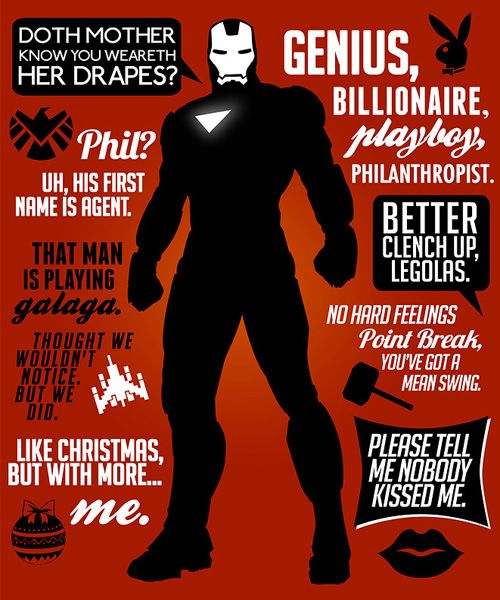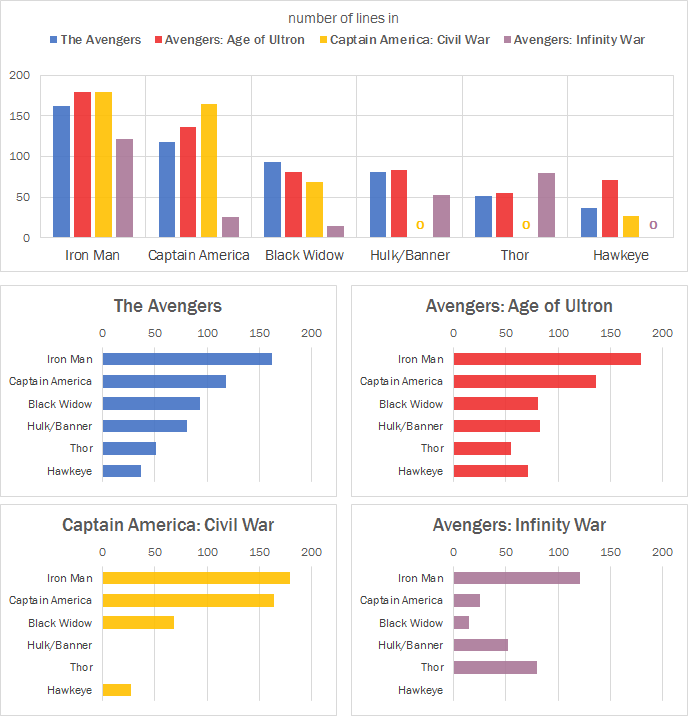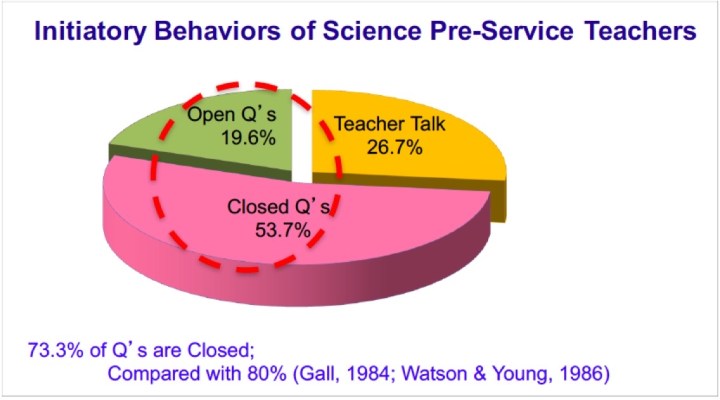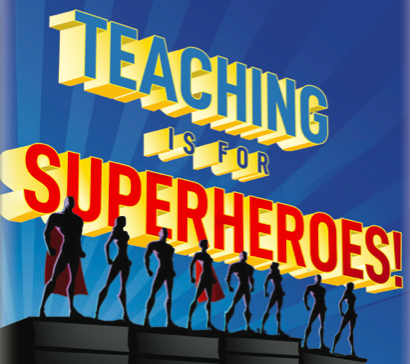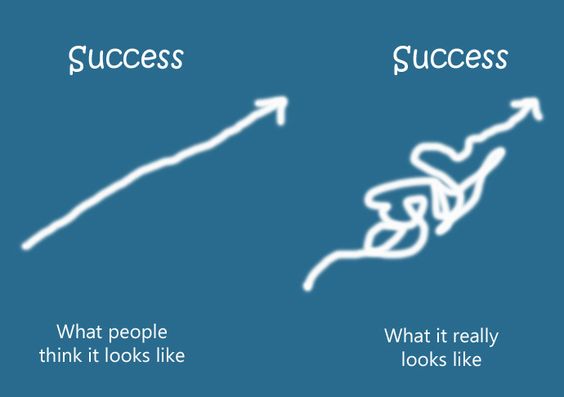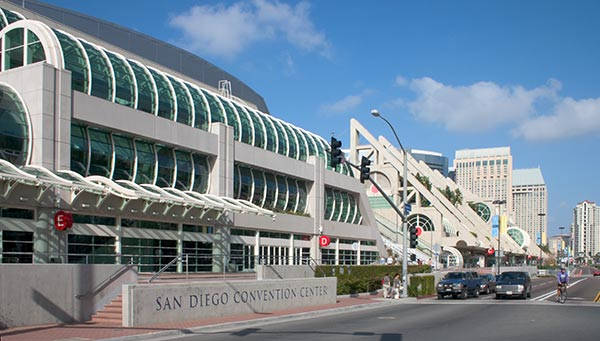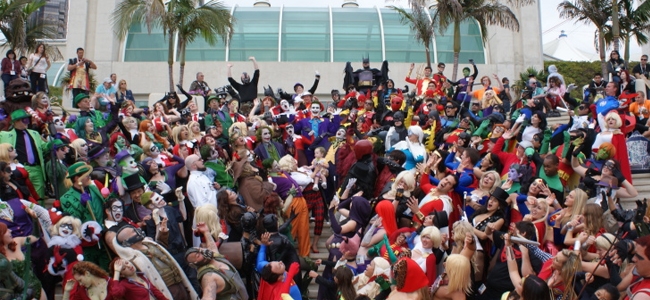In our previous post, we talked about getting along with your fellow teachers.
On some occasions, the best method to maintain positive relationships is giving yourself some space. “Lying low” is one way to think of it. In order to lie low, you need a secret hideout.
Recently, images of hero hideouts have appeared in previews of upcoming movies.

First, we have news from Entertainment Weekly about the new Batcave appearing in Batman v Superman: Dawn of Justice (BvS:DoJ). Jacob Hall at SlashFilm.com describes this hideout as “swanky” and “full of flashy technology and design choices that a proper billionaire would make.” He also provides a nifty comparison with Batcaves from the 1989 Batman film (Tim Burton, Michael Keaton) and 2005’s Batman Begins (Christopher Nolan, Christian Bale).
Next, Marvel provided concept art of the Sanctum Sanctorum, appearing in the movie Doctor Strange. Though not as well-known as the Dark Knight’s Batcave, Doctor Strange’s hideout includes just as many gizmos and trinkets–albeit on the magical side.
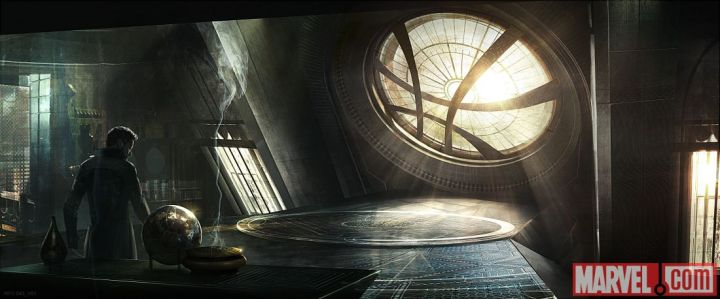
Whether you’re a teacher or a superhero (or both), a good secret hideout serves two main purposes.
First, it’s a place to keep all your stuff. Teachers are known as perpetual pack-rats. Those fortunate enough to have their own classroom can keep a regular supply of tools and resources within immediate reach.
Of course, be sure you keep items organized and secure, especially when it comes to valuable and hazardous materials. When I taught chemistry, I always kept my chemical closet locked, opening it only when I had to retrieve something. Students were NEVER allowed to enter, or even stand in the doorway.
Call me a little overprotective or OCD, but I never had a student lose a finger (or thumb).

Unfortunately, the teacher maxim to “beg, borrow, and steal” often results in bulging file cabinets and saturated bookshelves. For most teachers, the classroom is not their second home, but their second storage unit.
If you don’t want to rent a third storage unit, take time to thin out your collection. What materials and equipment do you truly use? Gather all non-essentials and dust-collectors and give them to new teachers hungry to fill their room and repertoire.

That chapter test is in here somewhere . . .
Don’t delay your purging until Spring Break or Winter Break or Summer Break. (Honestly, those breaks fill up with other essential tasks.)
Take a few minutes every week or so to stroll past a shelf or peek into a closet. If you see something you haven’t used in over a year, pluck it out. Find a better use in someone else’s hands — another teacher, student, Goodwill-collector, garbage-collector, etc. (Maybe check with your boss first.)

If Batman ever decides to donate his dinosaur, I’ll take it!
In addition to improving safety and equipping others, cleaning out clutter results in a more tranquil classroom. This is a bonus for students and the teacher. Less junk means fewer distractions during learning time, planning time, and quiet time.
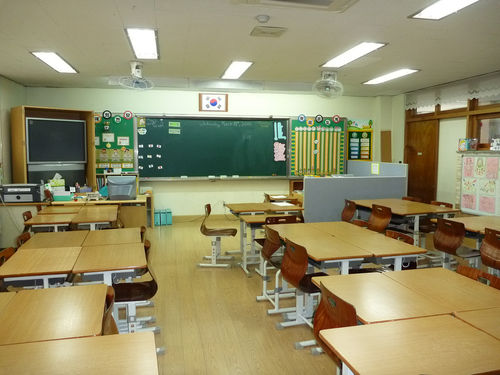
Ahhh . . . Paradise!
Primary purpose #2 for secret hideouts is providing a space to relax and unwind. Doctor Strange’s Sanctum Sanctorum is described as his place to “escape from this reality.” Sounds nice, doesn’t it?

Maybe you can’t escape reality, but every teacher needs daily moments to himself or herself. These slivers of quiet time don’t have to be lengthy. Plan periods typically fill up with trips to the copier, chasing down students and staff, catching up on emails, and more. You may have a few minutes, but don’t plan on it (especially if you’re relatively new).
I mentioned lying low from time-to-time (again, especially if you’re new), and one of the best ways I found to do this was eating lunch in my empty classroom — door locked, lights off, maybe some soothing music playing in the background.

Ahhh . . . Peace and quiet!
I didn’t always do this. In fact, at my first school I typically spent my lunch hour (i.e. 20 minutes) shoveling food down my gullet in the teachers’ lounge. The lounge was closer to the cafeteria — when you’re a bachelor, cafeteria food is tasty, easy, and cheap — so I found a spot among my colleagues and ate while they gabbed.
I was so busy eating, I didn’t have time to talk. All that quiet listening gave me tremendous insight about students, staff, school history, and more.
But every once in a while, a dismal mood would hover over the staff lounge. That’s when I hoofed it back to my classroom for silent dining. For fifteen minutes, I had entered my personal Fortress of Solitude.

Not all teachers have a classroom to call home, however. In such cases, it’s vital to understand that a secret hideout doesn’t have to be a permanent area. Maybe you can find a closet or hallway nook for a temporary respite. (Schools are full of interesting little spaces.)
Superhero hideouts come in all shapes and sizes, spaces and places. Take a look at Newsarama‘s list of the Greatest Superhero Hideouts and Headquarters. You’ll see everything from skyscrapers to satellites, mansions to alleyways.

Perhaps it’s more accurate to think of a secret hideout as a state of mind.
When I began teaching, I lived two blocks from school and walked everyday to work. My students repeatedly questioned why I didn’t take my car. I usually answered that driving isn’t all that new and cool after you turn 20.
Honestly though, the brief, brisk morning walk energized me. And the journey back and forth was always time well spent, giving me precious moments to preview and review my day. So I guess my first secret hideout was a two-block stretch of sidewalk.

Some days it felt as cold as the Fortress of Solitude.
I know another teacher who drives to school, but always parks in the spot farthest from the building entrance. His colleagues joke that he picks this spot to avoid any car dings and scratches — whether unintentional or intentional.
The real reason, he says, is so he can spend the lengthy walk thinking about an individual, and how he can make a positive difference in that person’s life that day. He told me if there’s ever a morning he can’t come up with someone’s name, he’ll quit teaching. That was a few years ago, but the last I heard, he’s still teaching.

So whatever you have for a secret hideout (and wherever it is), consider how you maintain that special space to keep it user-friendly. And use that space to reflect, retool, and recharge in your efforts to be a better teacher.
No Danger Room required.

